Introduction to 3D Modeling and Animation
Class 03: PolygonsTopics
- Polygons
- Tri’s, Quads, & N-Gons (oh my!)
- Common Geometrical Errors
- Turnaround Sketch
- Week 03 Character Body Model Lab
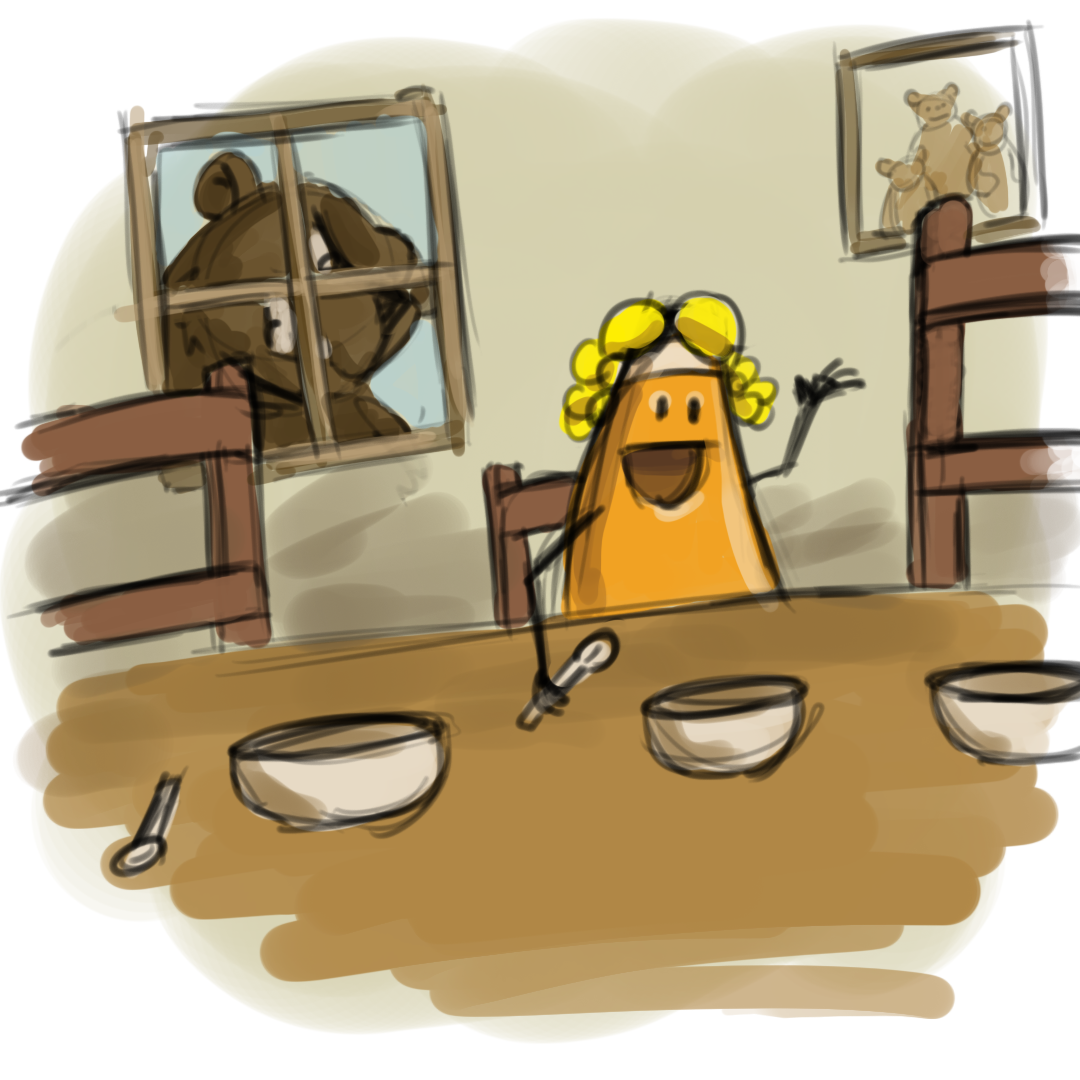
It’s class three. I bet this one is just right!
Polygons
Polygons
Polygons are straight-sided shapes. It takes many of these to produce a visually rounded shape.
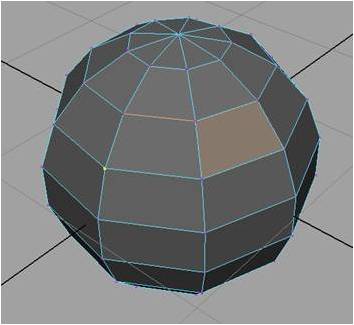
Polygon Components
Polygons are straight-sided shapes (3 or more sides), defined by three-dimensional points (vertices) and the straight lines that connect them (edges). The interior region of the polygon is called the face. Vertices, edges, and faces are the basic components of polygons. You select and modify polygons using these basic components. (Autodesk)
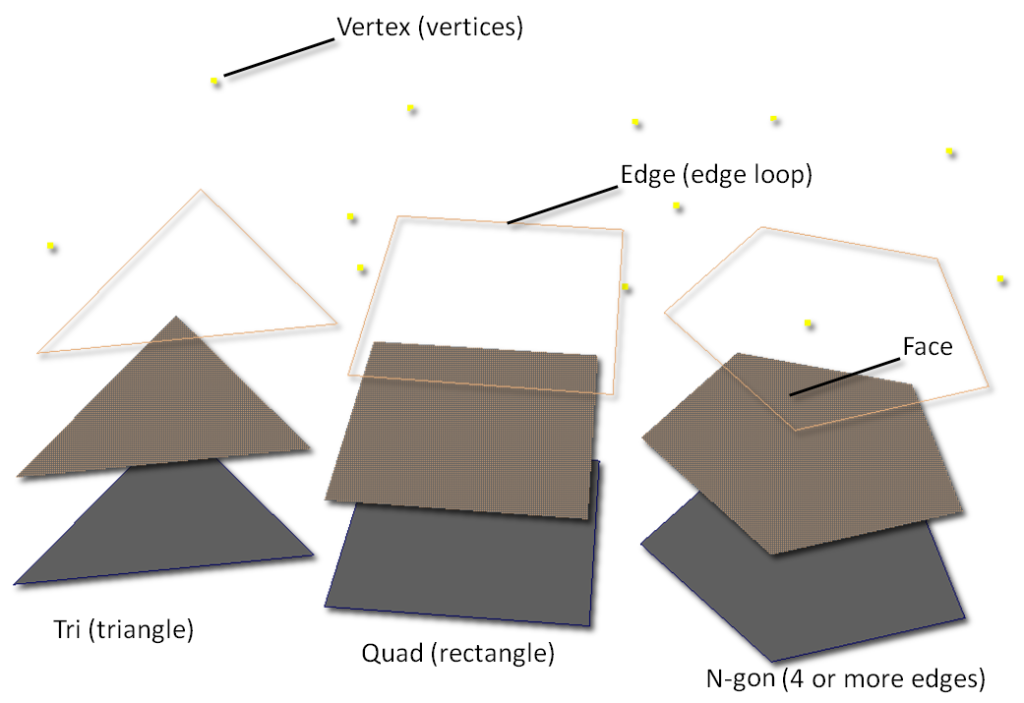
Polygons Video
Nice video explaining polygons and their components.
Tri’s, Quads, & N-Gons (oh my!)
Polygon Types
Individual polygons can be described in three ways; tri (triangle), quad (rectangular), n-gon (five or more sides).
Quads are the preferred polygon.
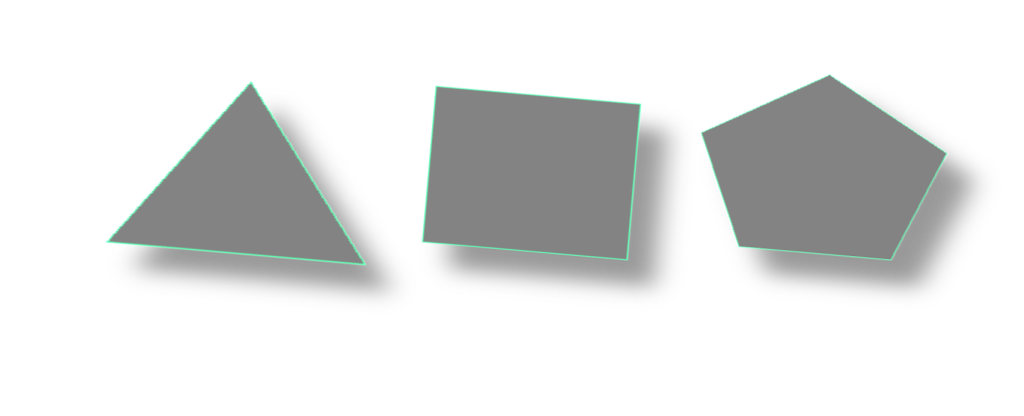
Tessellation
Individual polygons can be described in three ways; tri (triangle), quad (rectangular), n-gon (five or more sides).
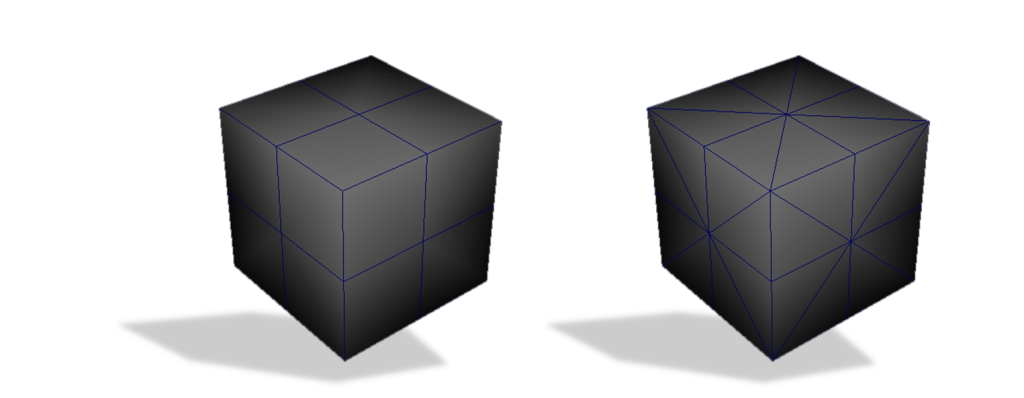
Quad to Tri Example
This is how it would be broken down during render time. Quads break down better.
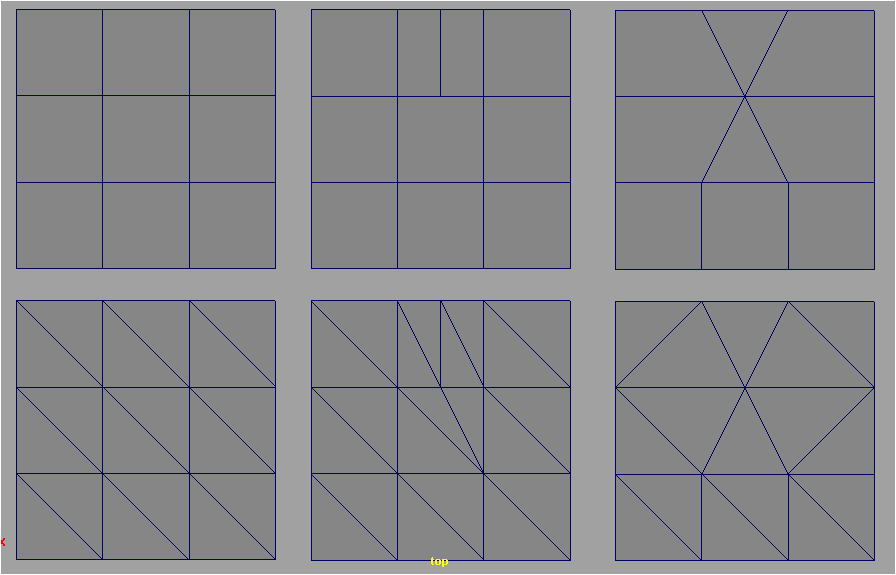
Smoothing
Your mesh will smooth/subdivide better with quads as well.
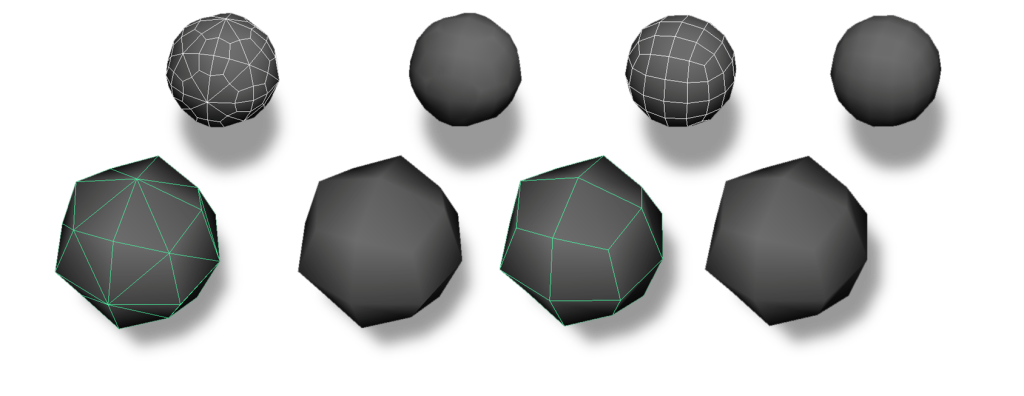
Texture Stretch
You can see the texture stretching going on here (this would be worse the geometry was being deformed).
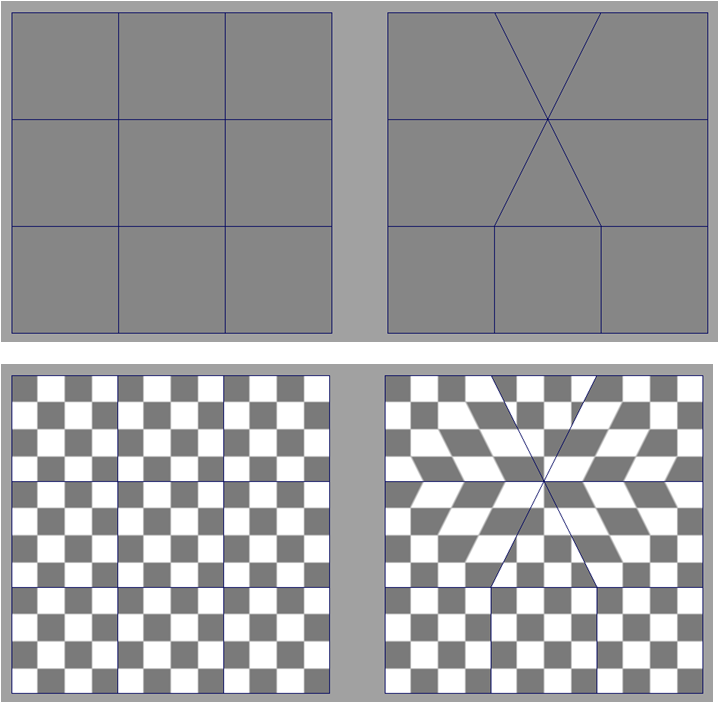
Quad Texturing
All Raster images are inherently rectangular, so it makes sense to have quads (you can actually see the tessellation on the head here).
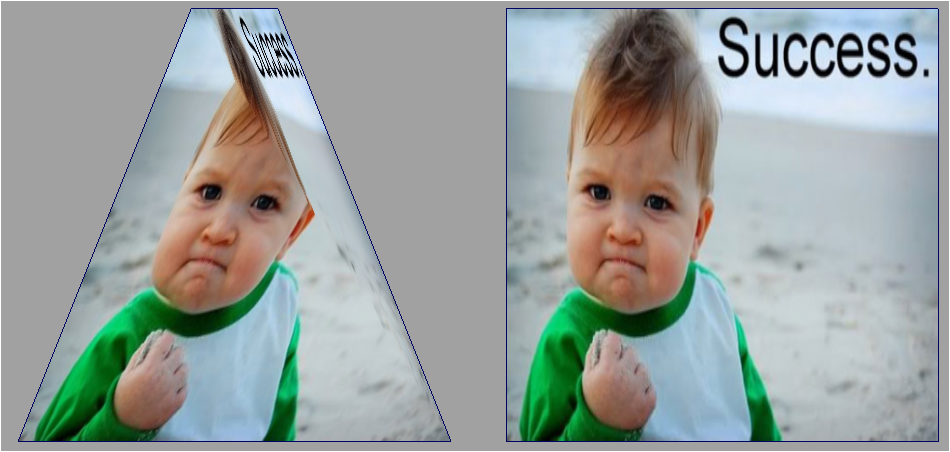
Quad Modeling
Quads work better for deformation and manipulation.

The moral of the story is to shoot for quads!
Quad or Quad not, there is no Tri.
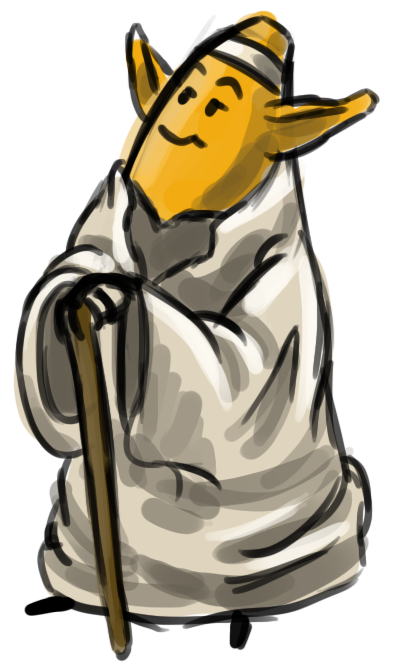
Common Geometrical Errors
Non-Manifold Geometry
Non-manifold topology polygons have a configuration that cannot be unfolded into a continuous flat piece. Some tools and actions in Maya cannot work properly with non-manifold geometry. For example, the Boolean operations and the Reduce feature do not work with non-manifold polygon topology. The image below shows three examples of non-manifold topology polygons.

Lamina Faces
Lamina faces share all of their edges. Basically, one face “on top” of the other, usually sharing edges.
One common cause is extruding faces but not translating them after.
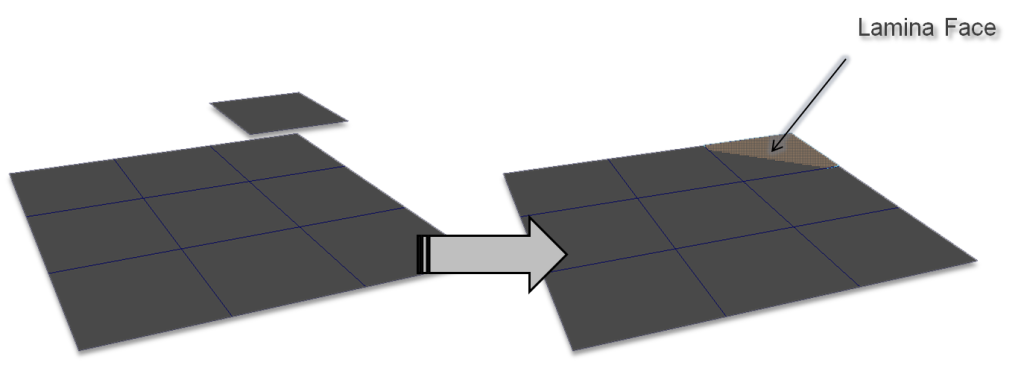
Non-Planar Surfaces
A polygon face is planar when all of its vertices lie in a certain plane. For example, a triangle face is always planar, because its three points define a plane.
A polygon face is non-planar when it has more than three vertices, and one or more of those vertices do not lie in the same plane. When a polygon mesh is comprised of quads or n-gons it is possible to have non-planar polygon faces.
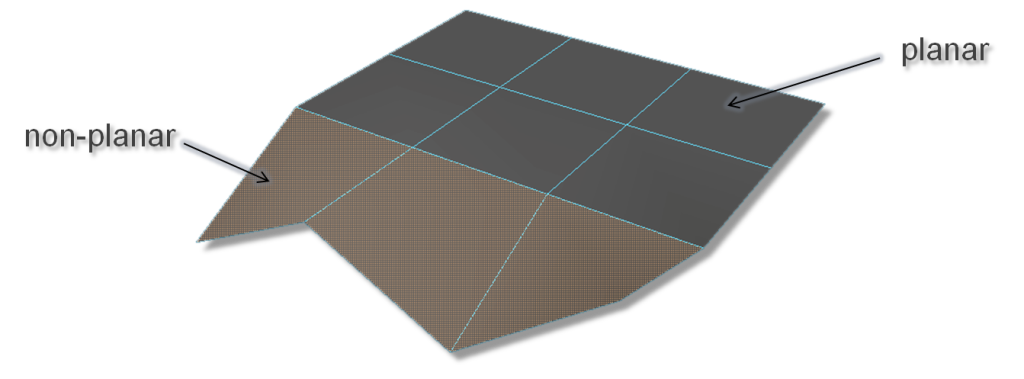
Floating Vertices
Be careful about have random floating vertices.
Deleting edges but not the vertices are a common mistake.
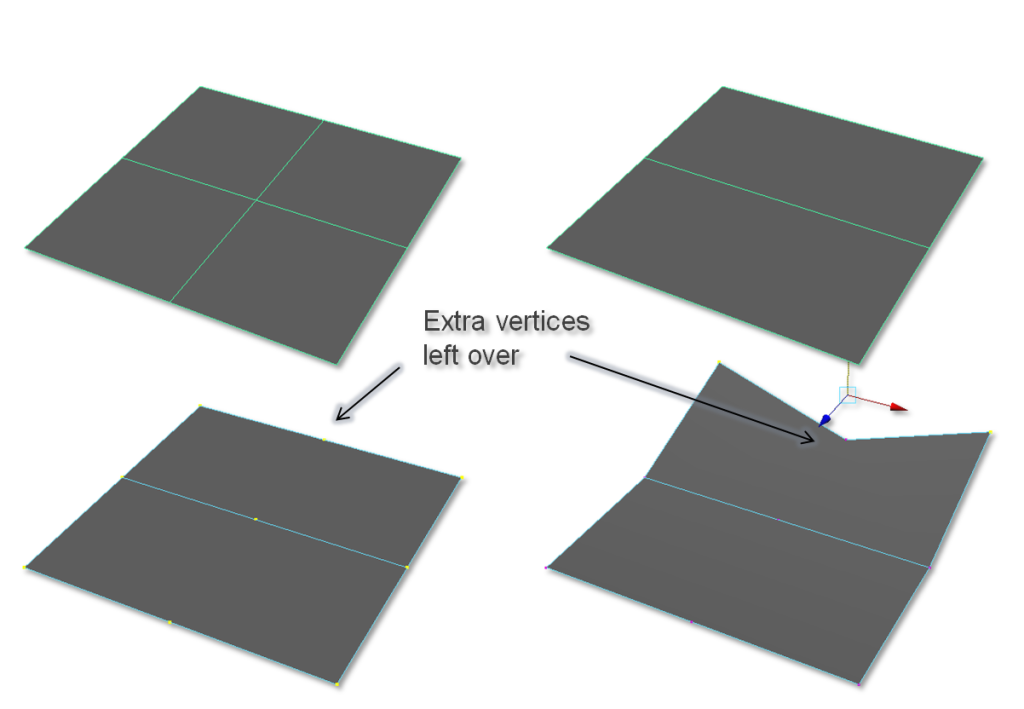
Poles/Stars
Poles are areas where more than four edges meet and result in poor contiguous surfaces.
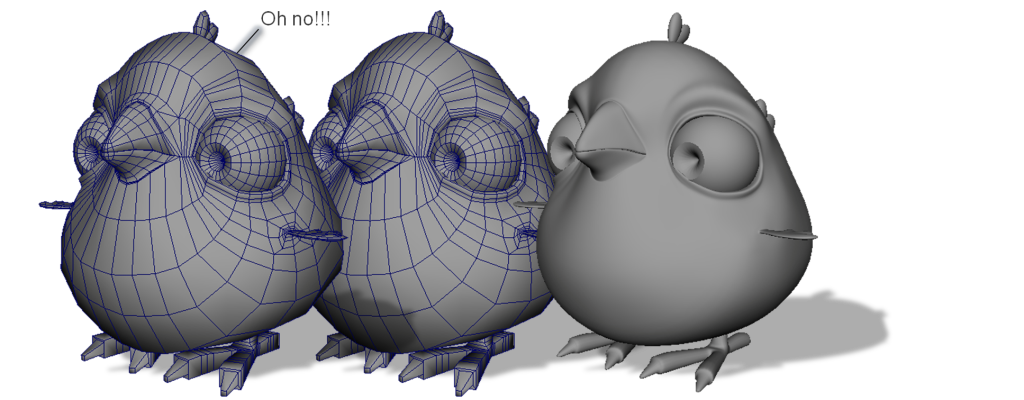
Dense or Sparse Geometry
Your objects should only have the necessary about of geometry needed to complete the form.
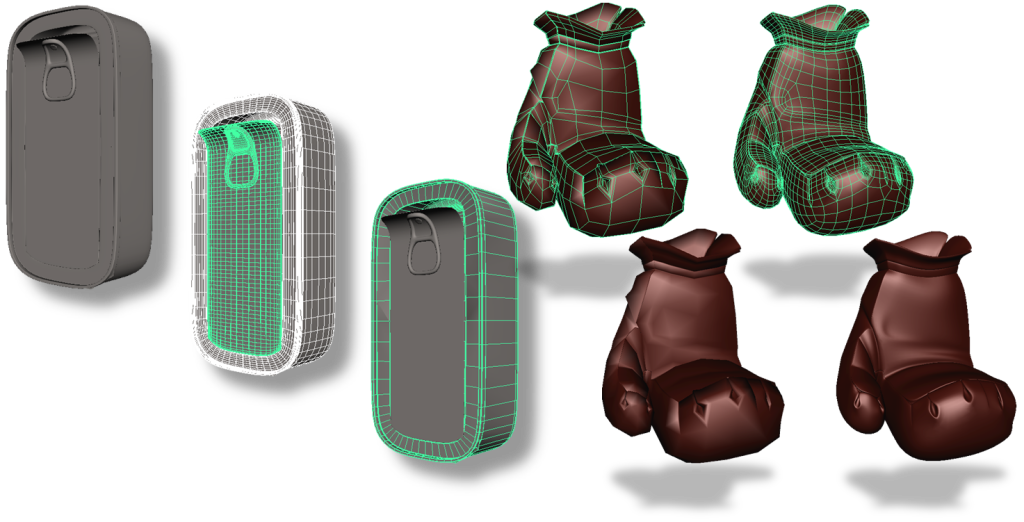
Non-Contour
If the geometry does not “wrap around the surface it will look incorrect and not deform appropriately.
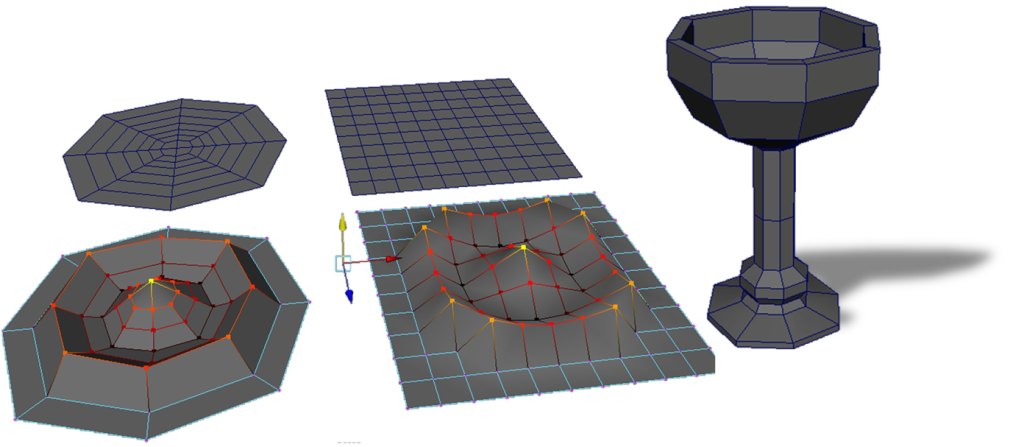
Non Square
You are looking for square geometry where possible.
Square geometry will model, texture, and deform better than non-square geometry.
That being said you also want to limit your total polycount.
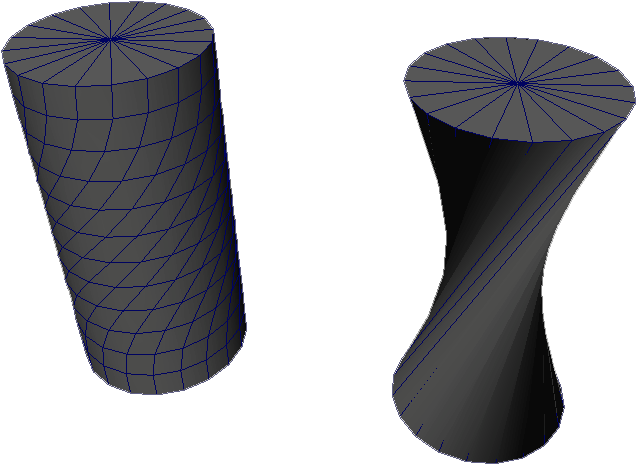
Turnaround Sketch
This week, in addition to the assignment, you will complete a character turnaround sketch and post it on the Character Turnaround Sketch Critique discussion board. The purpose of this drawing is to prepare for your first project due in a couple of weeks. You will use the sketch as the image planes to model a unique character of your own.
You can watch an instructional video below on how to create a turnaround sketch.
Turnaround Sketch Tutorial
Week 03 Character Body Model Lab
Week 03 Character Body Model Lab:
In the previous lab you create a basic shell of a character model. In this one you will further develop it into a complete body model.
You will be graded on the following:
- Reference Accuracy
-
The model closely resembles the reference turnaround images.
-
- Geometry
-
Produce a clean mesh with few errors.
-
-
Topology
-
Strong gridflow that supports the form well.
-
-
Aesthetic
-
Excellent design that is appealing to look at.
-
Resources:
- Assignment Video Tutorials
- You may watch these tutorial videos below to help you complete your assignment.
- Assignment Lab Materials
- You may download the images used in lab here: 3D_week03_labMaterials.
Assignment Video Tutorials
Wait! Before you go!
Did you remember to?
- Read through this webpage
- Watch the videos
- Create a Character Turnaround Sketch and post it on the discussion board.
- Submit Week 03 Character Body Model Lab on Blackboard

